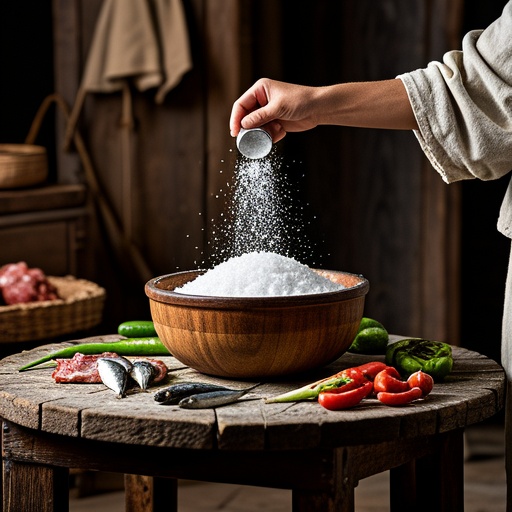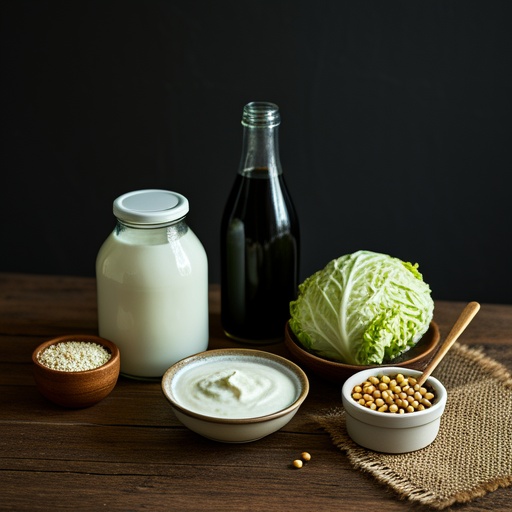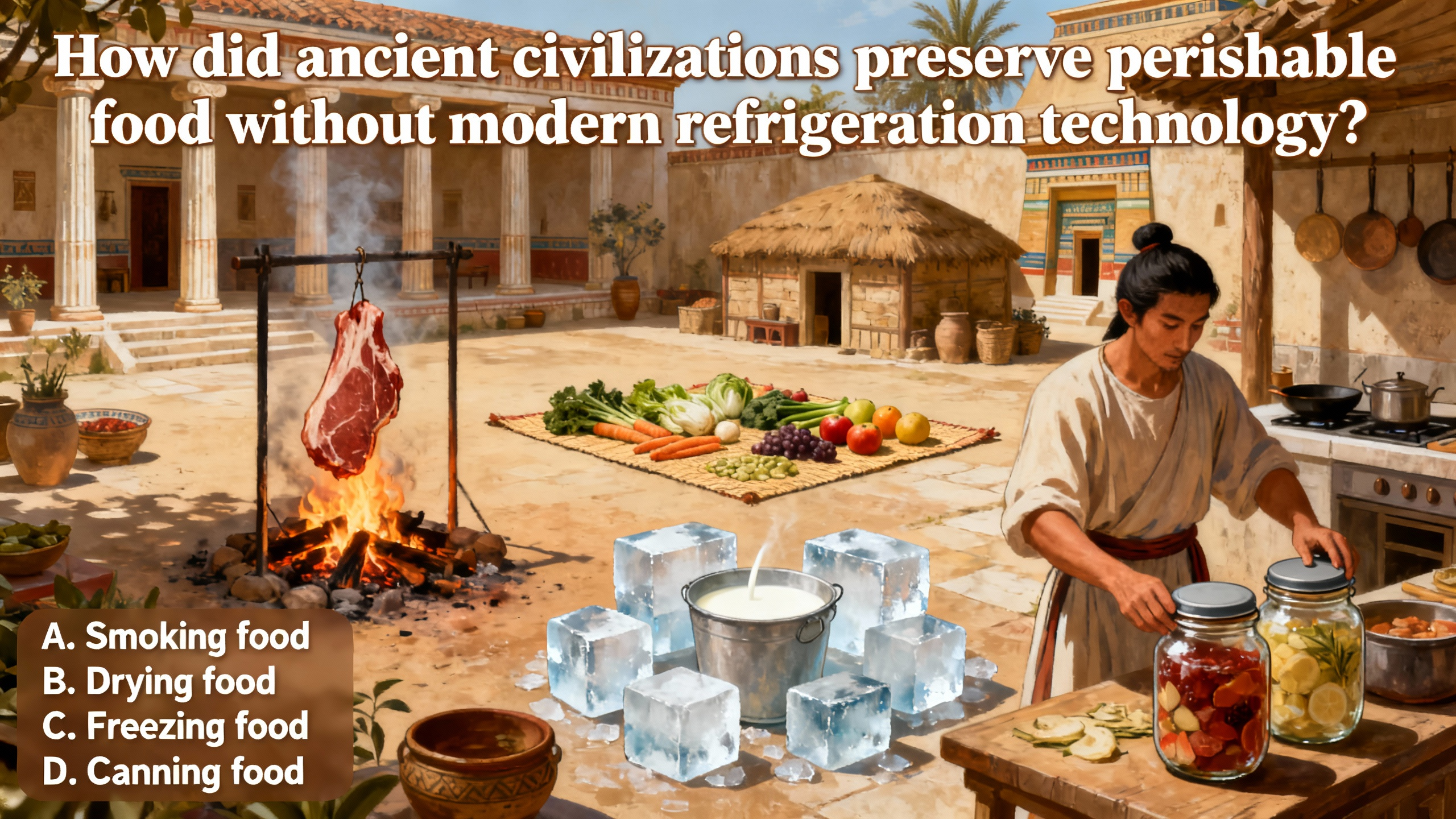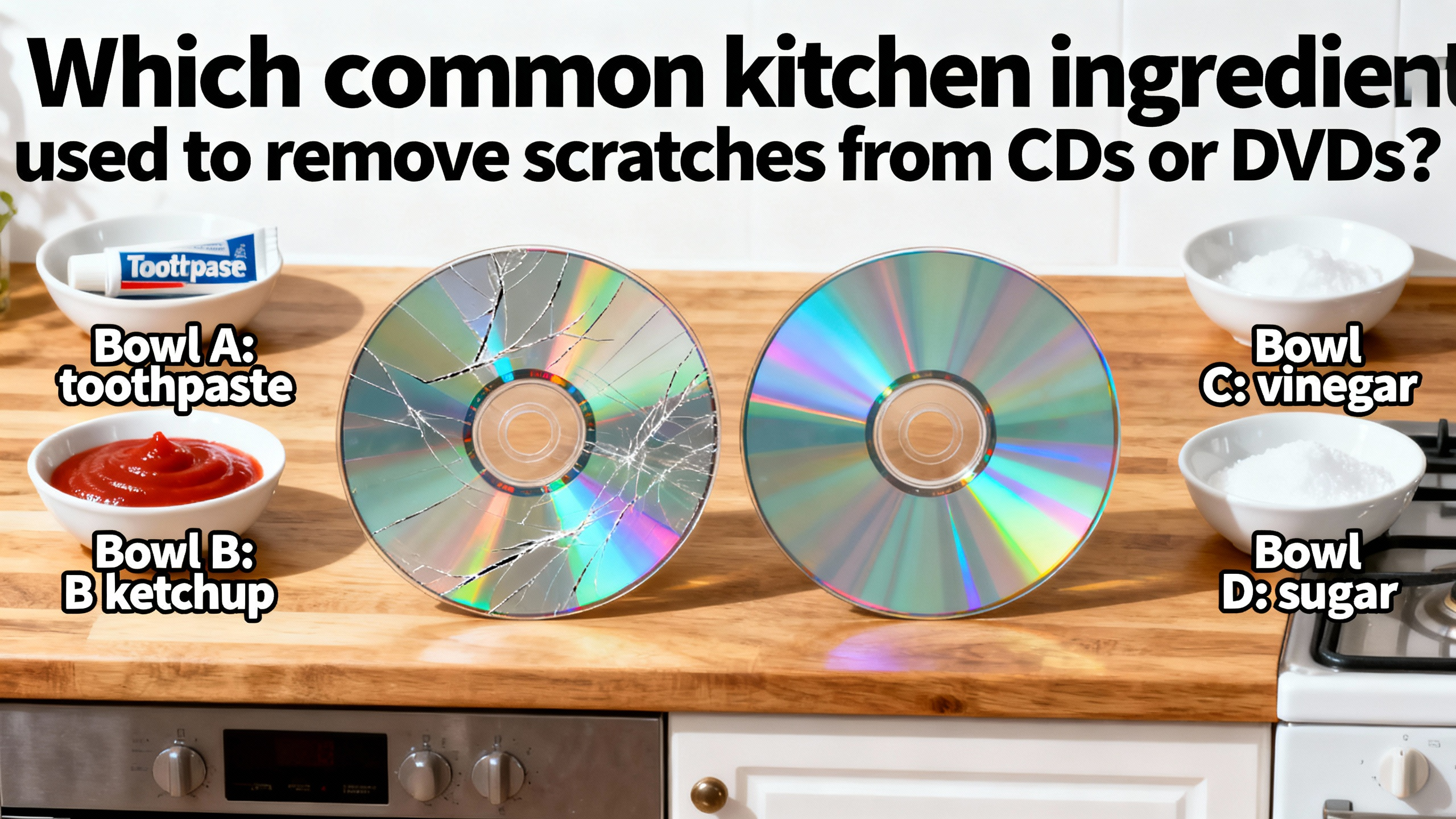Ancient Methods of Food Preservation
 In ancient civilizations, people employed various methods to preserve perishable food without modern refrigeration technology. One of the most common techniques was drying. By removing moisture from food, the growth of bacteria, yeasts, and molds was inhibited, significantly extending the food's shelf - life. Grains, fruits, and meats were often dried. For grains, they were spread out in the sun to dry thoroughly. Fruits like dates and raisins were also sun - dried. In the case of meats, they were cut into thin strips and hung in the sun or near a fire. The heat and air circulation removed the water content. In some cultures, salt was added during the drying process to enhance preservation. Salt not only drew out more moisture but also created an environment that was inhospitable to microorganisms.
In ancient civilizations, people employed various methods to preserve perishable food without modern refrigeration technology. One of the most common techniques was drying. By removing moisture from food, the growth of bacteria, yeasts, and molds was inhibited, significantly extending the food's shelf - life. Grains, fruits, and meats were often dried. For grains, they were spread out in the sun to dry thoroughly. Fruits like dates and raisins were also sun - dried. In the case of meats, they were cut into thin strips and hung in the sun or near a fire. The heat and air circulation removed the water content. In some cultures, salt was added during the drying process to enhance preservation. Salt not only drew out more moisture but also created an environment that was inhospitable to microorganisms.
 Another effective preservation method was salting. Salt has long been recognized for its ability to preserve food. Ancient people would immerse meats, fish, and even some vegetables in brine, a concentrated salt solution. The high salt concentration caused water to be drawn out of the food cells through osmosis. This dehydration process made it difficult for bacteria to survive. In addition to brining, dry salting was also used. Meats were rubbed with large amounts of salt and then stored in a cool place. The salt formed a protective layer around the food, preventing spoilage. This method was widely used in coastal regions where salt was readily available.
Another effective preservation method was salting. Salt has long been recognized for its ability to preserve food. Ancient people would immerse meats, fish, and even some vegetables in brine, a concentrated salt solution. The high salt concentration caused water to be drawn out of the food cells through osmosis. This dehydration process made it difficult for bacteria to survive. In addition to brining, dry salting was also used. Meats were rubbed with large amounts of salt and then stored in a cool place. The salt formed a protective layer around the food, preventing spoilage. This method was widely used in coastal regions where salt was readily available.
 Fermentation was yet another important preservation technique. Through fermentation, microorganisms such as bacteria, yeasts, or molds transformed the chemical composition of food. For example, in the case of dairy products, milk was fermented to make yogurt and cheese. The lactic acid produced during fermentation lowered the pH of the milk, creating an acidic environment that inhibited the growth of harmful bacteria. Fermentation was also used for vegetables. Cabbage was fermented to make sauerkraut, and soybeans were fermented to produce soy sauce. These fermented foods not only had a longer shelf - life but also developed unique flavors and nutritional profiles, making them an important part of the ancient diet.
Fermentation was yet another important preservation technique. Through fermentation, microorganisms such as bacteria, yeasts, or molds transformed the chemical composition of food. For example, in the case of dairy products, milk was fermented to make yogurt and cheese. The lactic acid produced during fermentation lowered the pH of the milk, creating an acidic environment that inhibited the growth of harmful bacteria. Fermentation was also used for vegetables. Cabbage was fermented to make sauerkraut, and soybeans were fermented to produce soy sauce. These fermented foods not only had a longer shelf - life but also developed unique flavors and nutritional profiles, making them an important part of the ancient diet.
 In summary, ancient civilizations used drying, salting, and fermentation as primary methods to preserve perishable food. These techniques, developed through trial and error over time, allowed them to store food for longer periods, ensuring a stable food supply even during times of scarcity.
In summary, ancient civilizations used drying, salting, and fermentation as primary methods to preserve perishable food. These techniques, developed through trial and error over time, allowed them to store food for longer periods, ensuring a stable food supply even during times of scarcity.










